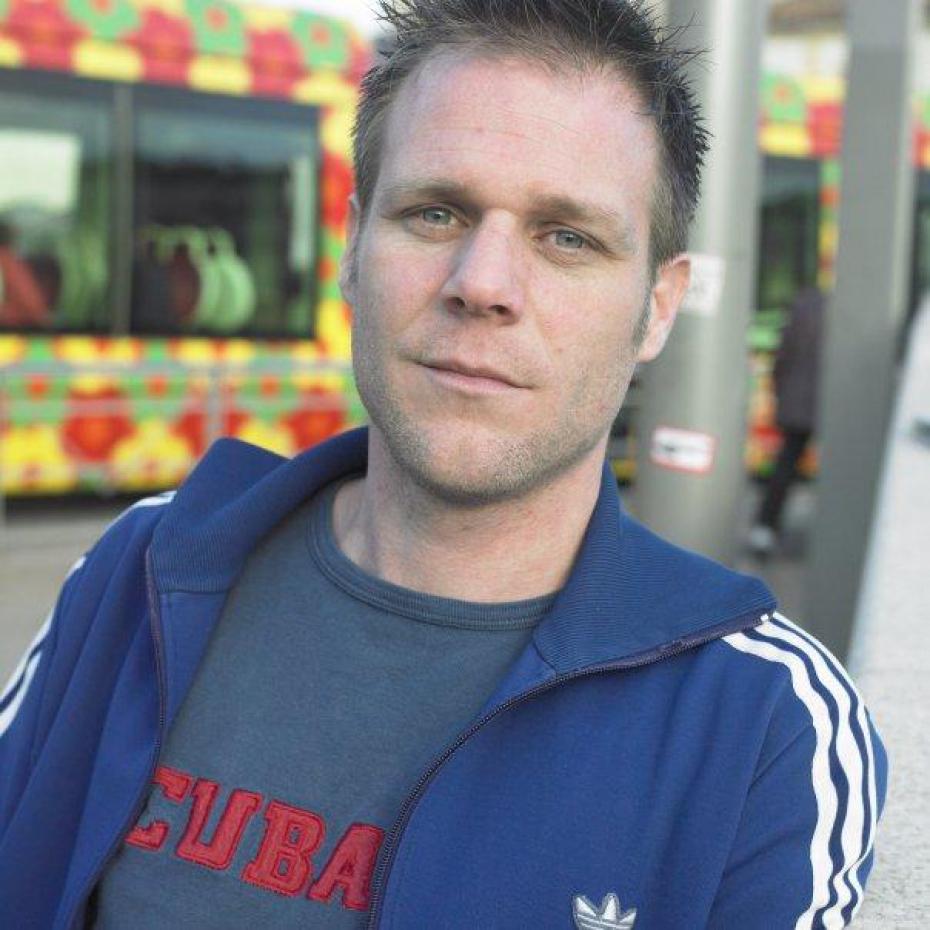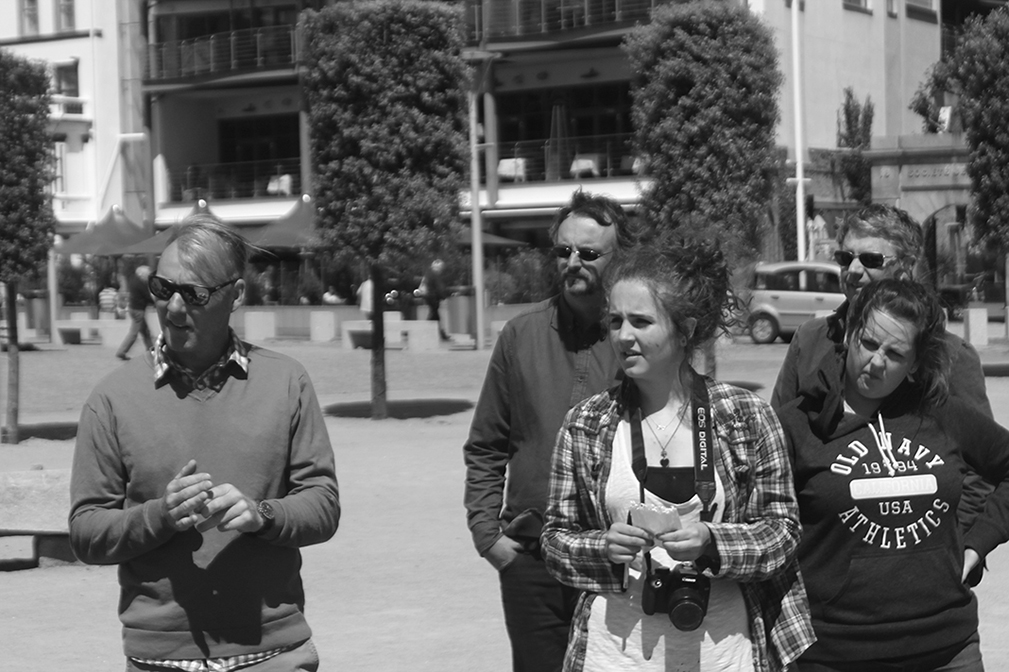Dynamo is an English magician and stunt performer known for his exceptionally surreal and visually outstanding illiusions. Dynamo was born in Bradford, England in 1982 as Steven Frayne. Dynamo started learning magic at the age of 10 from his Grandad, a former Navy Marine and amateur magician. Dynamo began his career performing street magic in the streets of Bradford and soon came to prominence through the Prince of Wales Young Talent Scheme. Since then Dynamo has exploded into worldwide fame with millions of YouTube views of his performances, and an extremely successful, award winning UK Television series ‘Dynamo: Magician Impossible’. He is perhaps most famous however for his stunt in 2012 when he appeared to be walking unaided across the river Thames.
The type of artistic movement that Dynamo follows is surrealism. Surrealism relates to creating artwork/performance that displays something which appears to be illogical and supernatural, making the viewer perceive the event outside of their own notion of reality. Dynamo’s performances take this concept to the extreme, making events which are totally impossible and inconceivable appear realistic and viewable to an audience. Dynamo magic tricks are guarded totally by secrecy. This is a deliberate effort that Dynamo makes to keep the viewer/audience guessing exactly how he is able to pull of his remarkable illusions, and this also protects the surrealism of his magic, as the audience is allowed to fully experience to wonder out the performer, without the tools or knowledge to translate what is happeninginto something less then beautiful and miraculous. The surrealism that Dynamo creates with his magic forces the viewer to question what is really possible, and challenges them to world outside of their own concious perception. His magic is also a protest against the negative, limitating nature of society. As Dynamo says himself, “the most rewarding thing about what I do is to see the look in a person’s eyes and believe, even for a second, the that anything is possible”
Dynamo has stated himself that the biggest motivation and reward that gets from his work is the reaction of surprise, wonder and astonishment from members of the public after they have witnessed a performance. It is through the response of an audience that makes his work more surreal, as the reaction is a reflection of the nature of the performance. This reaction is impossible to predict as no one quite knows how to respond to witnessing something outside of possibility, and it is very entertaining to see people struggle to conceive what they have seen. An example of this is when Dynamo accurately predicted all of the results of the Euro 2012 two weeks in advance. The reaction of BBC Radio 1 presenter Scott Mills as he opened the concealed envelope and reaveled the accuracy of Dynamo’s prediction was one of complete shock and to some extent, denial of what he had just witnessed.
Dynamo’s performance style is non-conspicuous which means that he does not like to attract any attention towards himself as an individual and likes the performacne to be the most important aspect of the event. This is why after every performance Dynamo walks away immediately. He is not interested in gaining any credit or personal fame behind his work and instead he remains a fairly modest individual who uses his performances as a means of expressing. Though not quite to the same extent, this is similar to the concept of the French Mime Artist because the performer is de-individualised to give the performance dominance over the actor.







